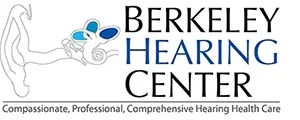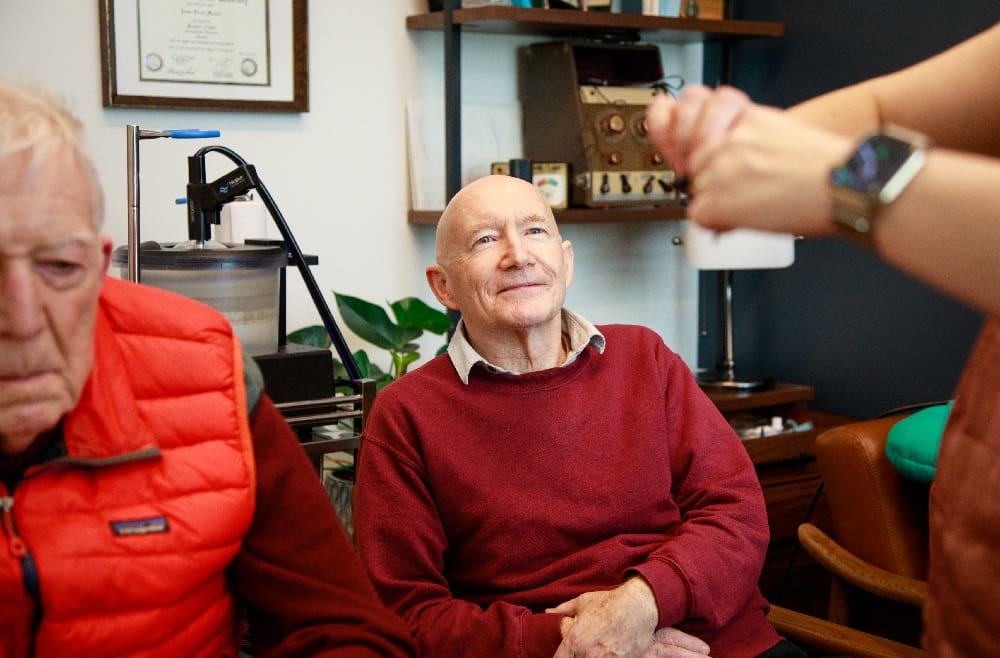2023-12-01
Jonathan Lipschutz Audiologist, M.S., F-AAA, Co-Owner
As a postscript to last month’s article, highlighting the challenge medical professionals face putting together the different pieces of the ‘dizziness’ puzzle, I came across an article in the Washington Post about a woman who spent 4 years(!) trying to figure out why she was having progressive symptoms including impaired balance, intermittent dizziness and unexplained falls. While there’s so much we understand about the body and how it works, there’s so much we don’t know yet. There’s a reason it’s often referred to as “practicing medicine”.
I’m honored to have the opportunity to provide information in my articles that I hope is useful/helpful to our readers (Yasher Koach, Cathy!). So as you might imagine, I was gratified to receive an email shortly after last month’s article came out from a reader who was looking for assistance with her Dad’s dizziness & balance issues. He had a hearing test and a “spinning chair” test (Rotary chair), but no definitive diagnosis has been found yet. Her father doesn’t live in California, but we were able to answer some questions and provide her information/resources that hopefully will help going forward. Full disclosure, I enlisted the help of my “New Blood” doctoral extern, as he’s been learning the latest information/research.
So how are balance/dizziness issues evaluated? Let’s start actually by naming the medical specialties that typically diagnose/treat dizziness, otolaryngology and neurology. Physicians begin by reviewing overall medical history and conducting a thorough physical & neurological exam, ideally keeping their minds open, as misreading the signs and symptoms leads to misdiagnosis. A hearing test will be ordered. Blood & cardiac tests are likely, possibly along with body imaging (MRI, CT). These latter tests look for ‘central’ causes, such as concussion, stroke or tumor. To determine if symptoms are due to a ‘peripheral’ problem, with the balance function of the inner ear, vestibular electrophysiological tests are used. These tests, such as posturography (indicating which parts of the balance system are relied on most), electronystagmography/videonystagmography & rotary chair test (measuring eye movements or “nystagmus”), provide information about where the problem may lie.
That’s a lot of testing, right?! What can be done with this information, and what does treatment look like?
These are the pieces of the dizziness ‘puzzle’ that the physician uses to diagnose the problem. ‘Peripheral’ issues can be difficult to address (with one exception below), but are often temporary (vestibular neuritis) or intermittent (Meniere’s disease). Treatment may include prescription medications meant to treat the underlying problem (steroid-prednisone, diuretics) or address symptoms (anti-vertigo, anti-nausea). Vestibular rehabilitation (physical therapy) with balance retraining and strengthening exercises is typically very helpful/effective. Balance aids (cane, walker) may be necessary to reduce fall risk. Dietary and lifestyle changes may also make an appreciable difference. In some (rare) cases, surgery may be indicated or necessary, such as with a benign neuroma of the internal auditory canal.
The one exception from above, and thankfully the most common cause of dizziness, is benign paroxysmal positional vertigo (BPPV). With BPPV, ‘crystals’ (“canaliths”) are out of place causing the brain to receive erroneous information about body movement.
A simple non-invasive procedure, called the canalith repositioning maneuver, can often effectively remedy the problem.
As with all of my articles, I hope this series has been an interesting and fun read. I also hope you never have to deal with any of these issues! But if you do, know there’s help.
Please continue to love your community by thinking of those around you, and please always support our local businesses!
https://berkeleyhearing.com/wp-content/uploads/2024/11/Need-hearing-help-1.jpg
Jonathan Lipschutz Audiologist, M.S., F-AAA, Co-Owner






